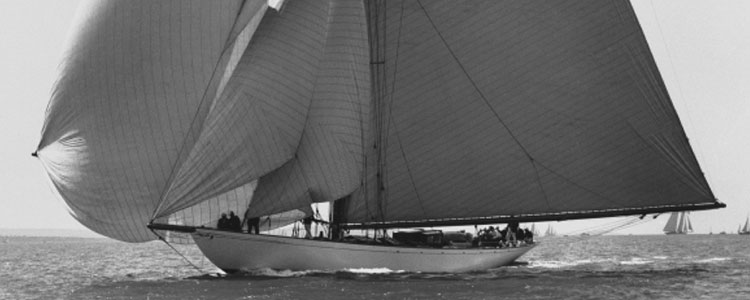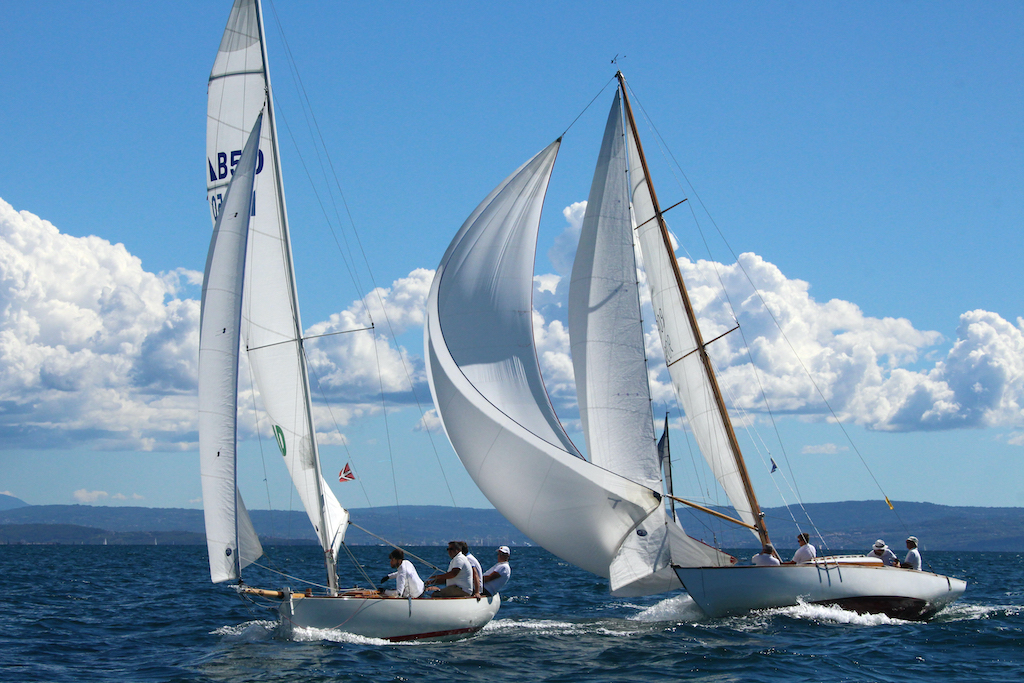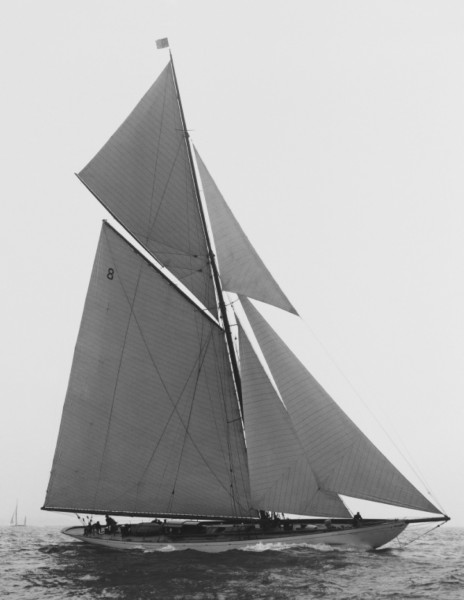


The first part of a 4-part series chronicling the last 6 months of restoration of the magnificent 105’ gaff cutter Moonbeam IV in Yangon (Rangoon), Myanmar (Burma) back in 2002. Not quite like any other restoration done before with local Burmese labour paid less than any minimal wage, ‘cheap’ teak, bendy scaffolding and plenty of mosquitoes!
With it being Centenary year for Moonbeam IV, celebrated tonight(4/06/2014) with a rumoured 100 bottles of rum on the dock in Antibes, it seems appropriate to offer some unpublished insight to her restoration history, with countless photos of a ‘day in the life’. But also as a whole-hearted acknowledgement and salute to her previous owner, François Murray, who sadly passed away not more than 3 months ago. I am sure she is now gazing proudly upon the 100 year old Moonbeam IV that gleams with the evidence of her, and her husband John’s, vision and dreams.
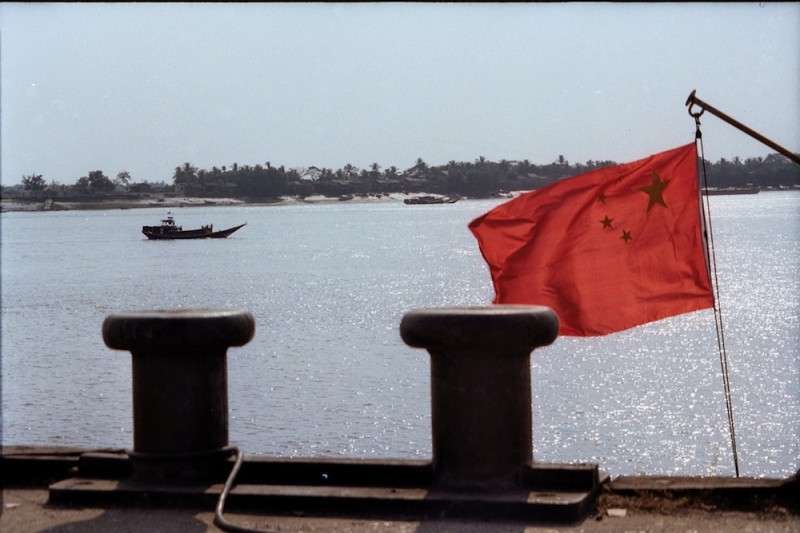
Setting the scene
When the Captain of Adix, Paul Goss, turned to me and suggested that I join an ex-crew member, Morgan Castle, and assist with a restoration in Burma I leapt at the chance. Having consulted the well-used World Atlas on board to find out where on earth Burma was there was no turning back. However, with hopeful dreams of travel, discovery, adventure and culture in mind, what resulted were long, gruelling days of pressing deadlines, non-existent communication with the outside world and certainly no common language to explain how you needed anything done!


Back in 2002 Burma was under a military dictatorship rule and generally felt fairly inaccessible. Aung San Suu Kyi, the people’s choice for leadership, had been silenced by being placed under house arrest, and there was little to no western influence in the country at all. Something appealed to me about the authenticity of it all. The likes of McDonalds were nowhere to be seen and if it wasn’t for the huge human rights issues and the obvious fear the people had for their leaders it would have been great to keep it this way.


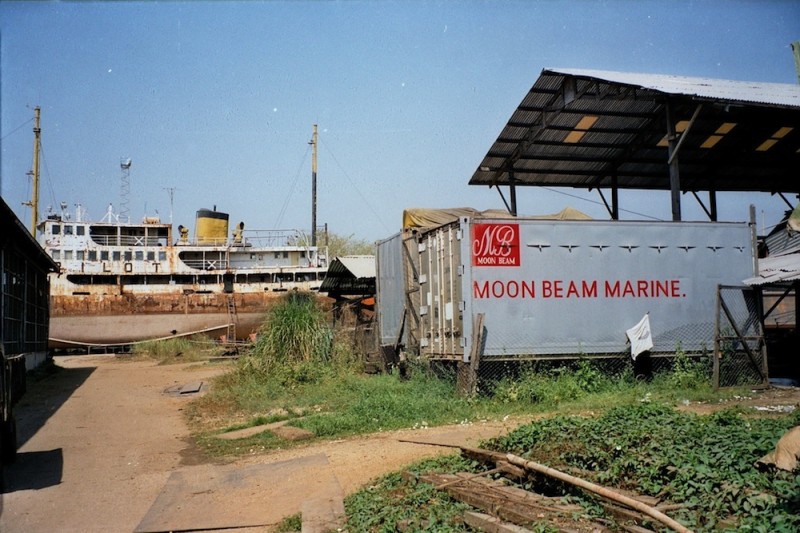
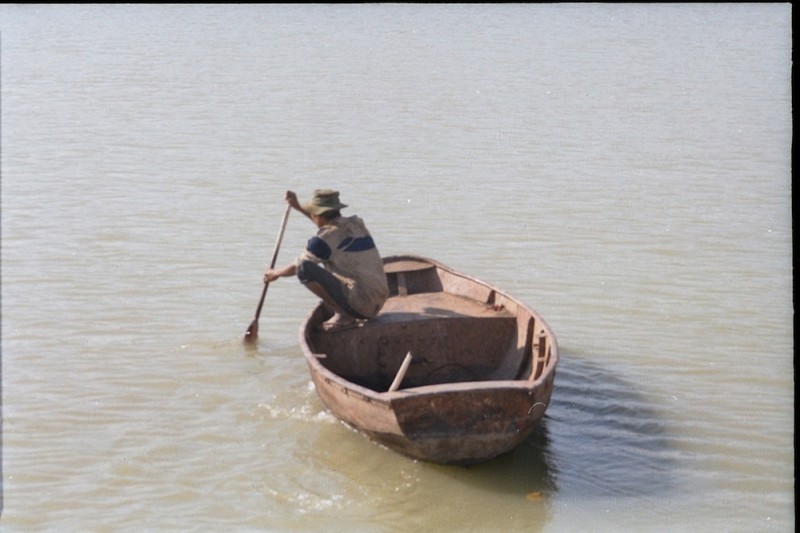
Myanmar Shipyard was heavily controlled by the Government’s Ministry of Transport, and it certainly felt somewhat restricting. It covered a massive area. Bordered by the Irrawaddy River on one side, accessible by a lock, the remaining boundary was marked by an intimidating fence and a number of conspicuously positioned watch-towers. Primarily the shipyard was used to build massive steel-plated ships, quickly constructed before being slipped down a set of railway tracks and launched unceremoniously into the drink. For the owners the local Burmese teak was an attractive pull and they had bravely negotiated to restore their yacht here. We did have company as well. Peter Wood’s ‘Sunshine’, an un-built 2-masted schooner taken from a 1900 Fife drawing, was also under construction in a nearby shed.
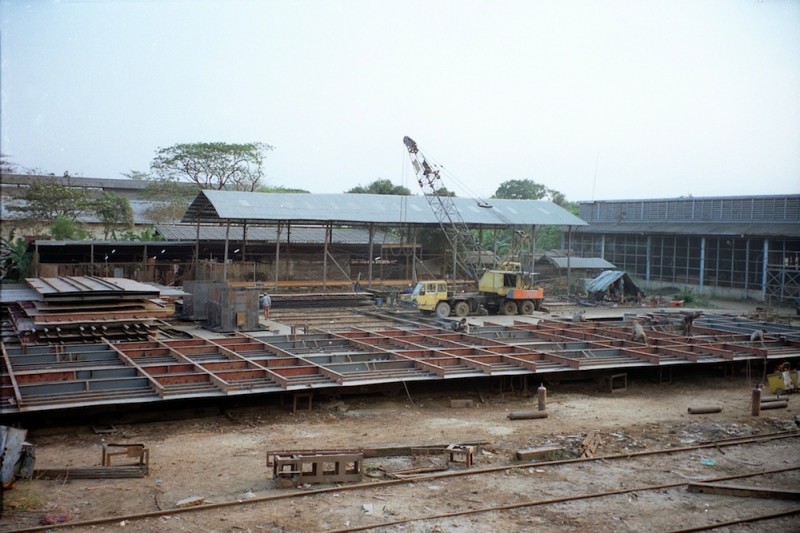

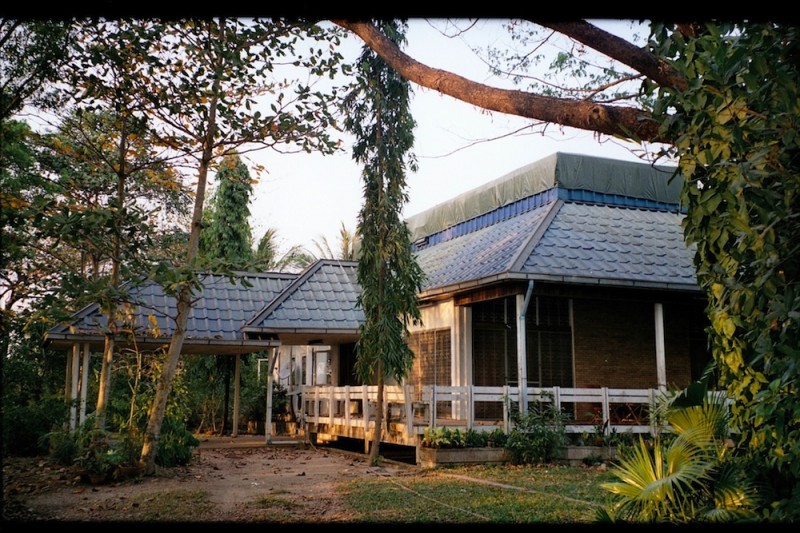

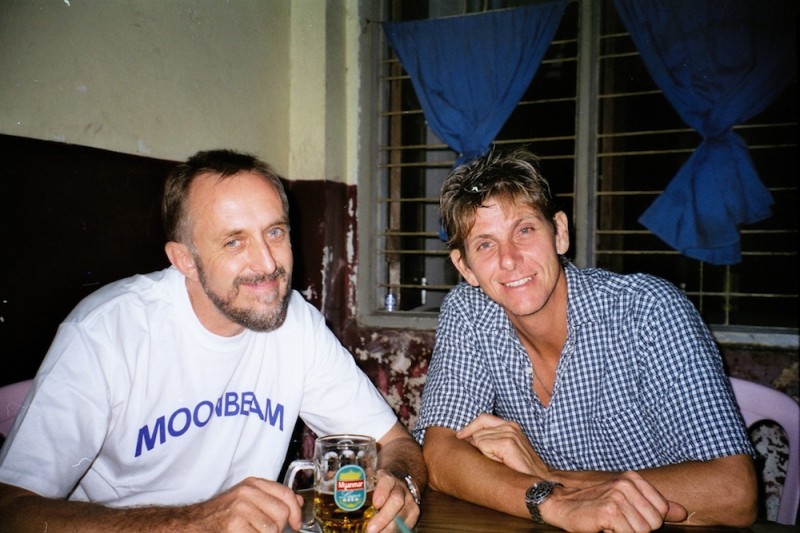
John and François Murray were the owners who made it all possible. John, a Scot and the late François, French, resided in the Savoy Hotel in the centre of town. They had found Moonbeam IV in Greece in 1995, had fallen in love with her and committed themselves to her salvation. Having spent a number of years living in the Middle East and Africa, Burma came as little shock and they took everything in their stride. They were heavily involved in the day-to-day activities and would scour the local, bustling markets for linen and period interior fittings. You’d be amazed what you can find in the backstreets of Rangoon.



After an unfortunate falling out with their previous Captain, Morgan Castle was brought in. A South African deep-sea diver/entrepreneur/sailor who, after spending a number of years on the North Sea oil rigs engaged in deep sea diving, made a small fortune inventing an underwater ship-cleaning device. Once tested by a stray US Navy American frigate who found they went 5 knots faster, the entire US naval fleet stop by on the way to the Gulf War. Furthermore, rumour had it he was known to be the most eligible bachelor in South Africa, and here he was in Burma. The passion behind these classics never cease to amaze me! He was deeply committed to getting Moonbeam up to spec after the previous Captain had run off with the Jeep and a number of her original fittings.

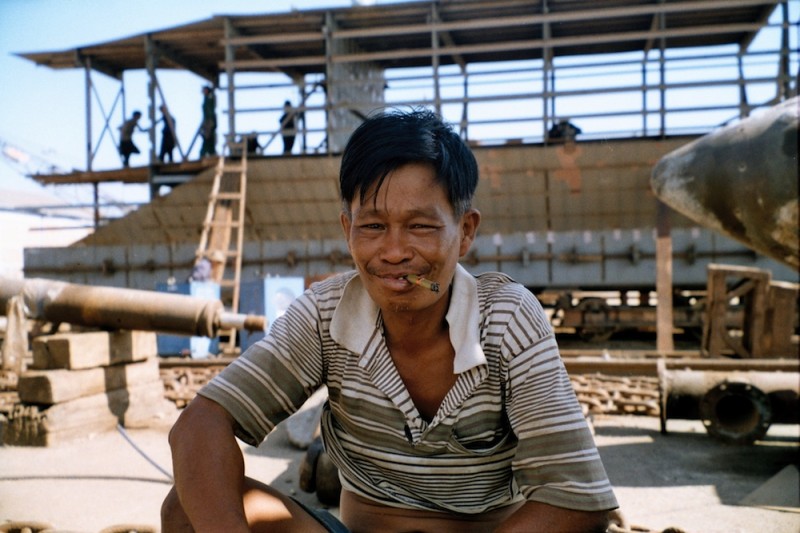
The Workforce had all(but one) been locally sourced by the owners and the previous Captain. The guys were talented carpenters having worked for years with the available teak making intricate furniture and Buddhist effigies. But it was all about teaching them to glue and screw rather than nail! They were led by a quietly spoken Chinese Carpenter, William, who seemed to be able to communicate with them all and in this way the restoration had already been going for a number of years.
When I arrived Moonbeam was ready to splash! The copper sheathing covering her hull was glistening and the she was ‘dressed overall’, to a fashion!

Parts 2, 3 & 4 will be published at the beginning of each month finishing in September. Meet the team behind the restoration, understand the limitations and challenges associated and discover why we had 50 workers balancing on bamboo for more than a day! All to come….. Part II can be viewed here.
